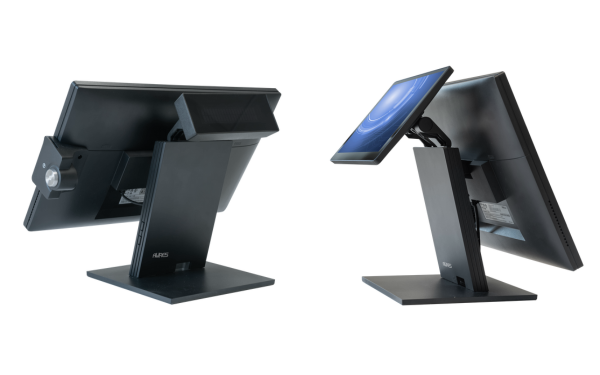Today’s POS systems have come a long way from the simple cash registers of old. Across retail, hospitality, the leisure industry and more, modern POS combines the latest digital technologies in the form of powerful computer processing capabilities, network connectivity, advanced software applications and slick interfaces. So, in this blog we are going to cover the anatomy of a modern POS system.
But why all this for what is essentially a tool to complete a transaction and take payment? The evolution of POS technology mirrors the way that customer-facing commerce and industry has evolved. For today’s retailers, restaurateurs, hoteliers and leisure operators, the watchwords they live by are efficiency, intelligence and delivering the best customer experience possible.
Digital technology has become integral to driving those goals. It generates the data that makes every aspect of a business visible and open to analysis and interrogation. It enables the end-to-end integration of operations so all parts contribute effectively to a cohesive whole, cutting out waste and raising the bar on productivity. And perhaps most significantly of all, it makes life so much simpler for people, for staff and for customers alike, driving a quality of experience built on less waiting, fewer mistakes, more choice and better personalised service.
As an existing tech asset in your average store, restaurant, bar, cinema or hotel, POS systems have evolved to deliver against these aspirations. The POS system you see on your premises today tells a story of how business and customer relationships have been transformed in the digital age.
But how exactly does each part of your POS deliver against those core goals you have as a business? Here’s a breakdown of the three key components in the anatomy of a modern POS system, and what they deliver.
Computer Processing Unit (CPU)
The switch from mechanical cash registers to computerised electronic POS (ePOS) was a significant one in the evolution of POS technology. Although the first ePOS units were pretty basic in today’s computing terms, they opened the door to bigger things.
The purpose of adding a computer processing unit (CPU) to a till was to allow them to run software. First it was simple purchase ledger software that would automate the logging of sales and updating of accounts. Then it was inventory management software. Over time, every task you could think of for running a retail or hospitality business, a piece of software was created to handle it.
Nowadays, the physical POS terminals you see on premises are much, much more than machines for registering sales. They are the hardware hubs on which all the software that makes a modern business tick are run. Sales and CRM. Ordering. Payments. Inventory. Merchandising. Analytics. All of these need a CPU.
That’s why at AURES we prioritise fitting all of our terminals with the latest Intel processors that deliver all the RAM you need to run the most sophisticated business software suites, backed up with high capacity solid state drives. It’s the backbone that allows a modern digitised business to function.
Touchscreens
If CPUs are the engines that drive digital POS, touchscreens are the steering wheels that put you in full control. Overtaking the keyboard and mouse, touchscreens have become the default interface of choice for digital tech, breaking out from smartphones to take over the world.
We use touchscreens as standard across our POS ranges for the same reasons they have become so wildly popular elsewhere. They are strong and resilient, they are highly flexible and above all they are fantastically simple and intuitive to use.
The fact that touchscreens can be produced in all sorts of different sizes and configurations means they can be deployed in an equally rich variety of ways. POS terminals, mobile POS tablets, kiosks, panels PC – touchscreens are the gateway to them all.
What is more, the intuitive nature of a touchscreen – see an icon, touch it to act – makes a big contribution to that efficiency and quality of experience we mentioned earlier. It helps to speed up service. It empowers staff to use the rich digital resources at their disposal as effectively as possible. And as far as kiosks are concerned, it empowers customers to take things into their own hands, too. Simply and efficiently.
Integrated networks
Finally, these days no POS endpoint is an island. Digital connectivity is part of the fabric of our daily lives. And just as everything from how we stay in touch and communicate with one another to how we work relies fundamentally on the internet, so does how virtually every modern business operates.
In retail and hospitality, POS systems are integral to that networked framework of operations. We’ve highlighted the importance of software already. Increasingly, those applications on which businesses depend are run in the cloud, providing greater agility and resilience compared to the old model of uploading programmes to local servers or even individual machines.
Network infrastructure is also vital to the value that data has for a business. The data collected at a single POS terminal or tablet or kiosk is important. But its importance multiplies when you share it across a system, collate and analyse it with data from all the other endpoints and the different applications they run. When you can do this in real time, you have the foundations for what we often call ‘intelligence-led’ businesses, those that generate and act on meaningful data-driven insights as part of the fabric of what they do. Digital networks are essential to achieving this.




